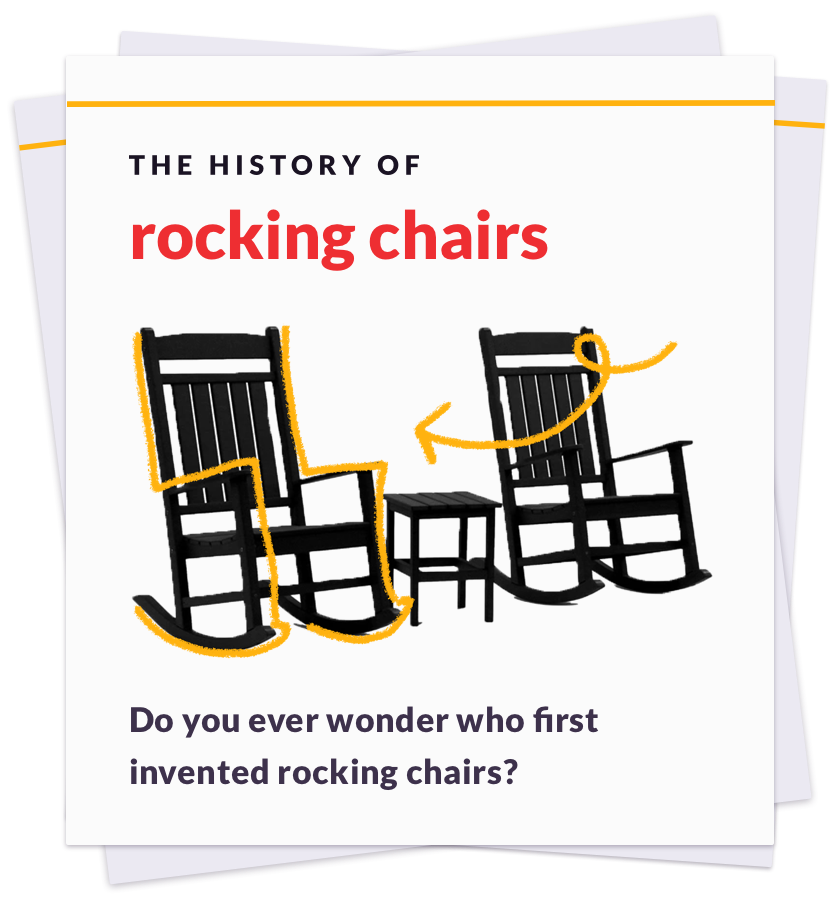Ancestors of the violin include the Arabian rabab and the rebec, but the violin itself emerged suddenly and more or less in its current form around 1550. There are no surviving violins from this decade, but we can be sure of their existence because they appear regularly in paintings from the time. The two earliest recorded violin makers both lived in Northern Italy: Andre Amati from Cremona and Gasparo di Bertolotti (or Gasparo di Salon) from Salon. In fact, the oldest violin still in existence today was created by Andre Amati around 1565. From the mid-1500s to the first half of the 18th century, the town of Cremona in Northern Italy was the center of violin production. The Amati family, the Stradivari family, and the Guarneri family were all especially famous and influential. (The violins of Carlo Bergonzi are also worth mentioning here.) In particular, Antonio Stradivari and Guarneri del Gesu are remembered as the finest violin makers in history. Some of the instruments made by these master artisans still exist today; they are sought after by collectors and played by the top violinists in the world. Stradivari's instruments are known for their lustrous tone and the attention to detail in every aspect of them. Guarneri’s violins are known for their rough, deep, and powerful tone. The violin has gone through very few changes since it was introduced to the world, but one notable improvement was added in 19th century — the fingerboard was lengthened and the bridge was raised. Violins made or modified with these characteristics are known as modern violins; older versions left unmodified and newer versions created with these older specifications are known as baroque violins. An even more recent modification is the bow — traditionally, the stick of a violin bow has been made with pernambuco wood, which only grows in the Amazon delta region in South America. However, due to natural resource depletion and sustainability concerns, carbon bows are now sometimes used instead of wooden bows.

Your go-to guide for weird history facts
Subscribe to the FREE daily email that makes learning about history fun.


